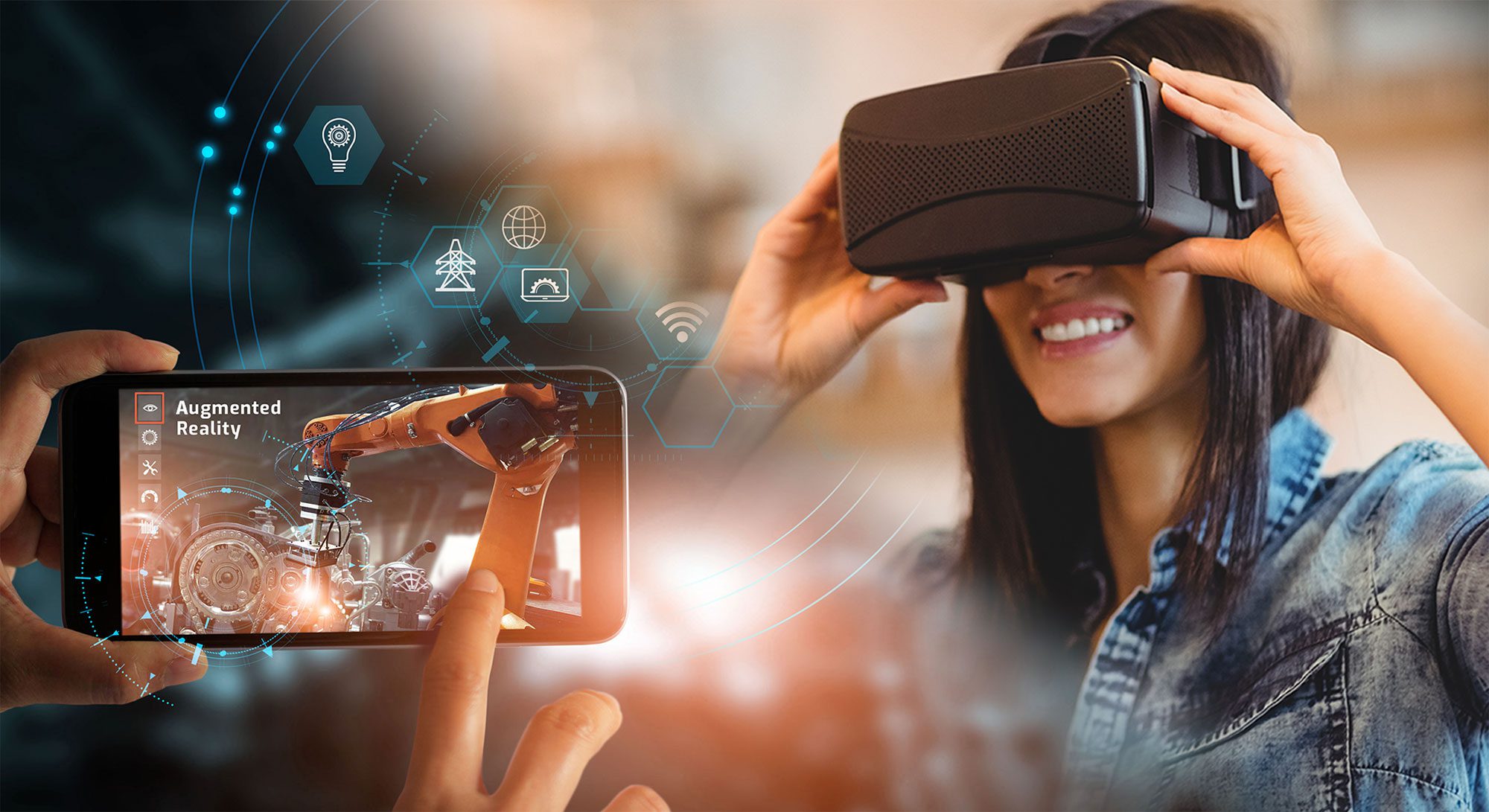China Insights Hub
Your go-to source for news and insights about China.
Augmented Reality: The Magic Behind the Screens
Discover the enchanting world of Augmented Reality and unveil the magic that transforms screens into immersive experiences!
How Augmented Reality is Transforming Our Everyday Lives
Augmented Reality (AR) is rapidly becoming a pivotal part of our everyday lives, revolutionizing how we interact with the world around us. From education to retail, AR enhances our understanding and engagement by overlaying digital information onto our physical surroundings. For instance, in the educational sector, AR applications allow students to explore complex subjects like anatomy or astronomy by visualizing 3D models that can be manipulated in real-time, making learning experiences more intuitive and engaging.
In the retail industry, businesses are leveraging Augmented Reality to enhance the shopping experience for customers. Virtual fitting rooms enable shoppers to try on clothes or accessories without leaving their homes, while AR apps provide detailed information about products through interactive visual displays. As a result, customers can make informed decisions, reducing the likelihood of returns and increasing satisfaction. As AR technology continues to evolve, its impact on our daily lives will only grow, redefining the boundaries of how we perceive and interact with the world.

The Science Behind Augmented Reality: How It Works
Augmented Reality (AR) integrates digital information with the real world, enhancing our perception of our surroundings. The science behind AR hinges on three fundamental components: hardware, software, and interface. AR devices utilize cameras and sensors to collect data from the user's environment. This information is then processed by the software, which overlays digital content—such as images, animations, or 3D models—onto the user's view of the real world. A common example of this technology is smartphone apps that use the device's camera to display interactive content, bridging the gap between our physical and virtual experiences.
To achieve a seamless experience, several technologies work in tandem within AR systems. Computer vision enables devices to interpret visual information and identify objects, while simultaneous localization and mapping (SLAM) helps track the user's position in real-time. Another crucial aspect is depth tracking, which allows AR systems to gauge distances and dimensions accurately. Together, these technologies ensure that the virtual objects presented appear to coexist naturally within the user's environment, creating an immersive experience that can be applied in various fields, including gaming, education, and healthcare.
Top 5 Applications of Augmented Reality You Didn't Know About
Augmented Reality (AR) has transcended beyond the well-known applications in gaming and social media. While many are familiar with platforms like Pokémon GO and Snapchat filters, there’s a host of lesser-known but equally impactful applications. Here are the top 5 applications of AR that you probably didn't know about:
- Healthcare: Surgeons can now use AR to visualize complex structures such as organs and blood vessels during procedures, leading to improved precision and better outcomes.
- Real Estate: Potential buyers can take virtual tours of properties through AR, allowing them to visualize spaces without the need for physical visits.
- Education: Interactive learning experiences in subjects such as anatomy or astronomy can significantly enhance student engagement and comprehension.
- Retail: Customers can virtually try on clothes or visualize furniture in their home, making shopping more interactive and personalized.
- Tourism: AR apps can provide interactive guides in unfamiliar cities, overlaying historical facts and directions onto real-world landmarks, thus enriching the travel experience.